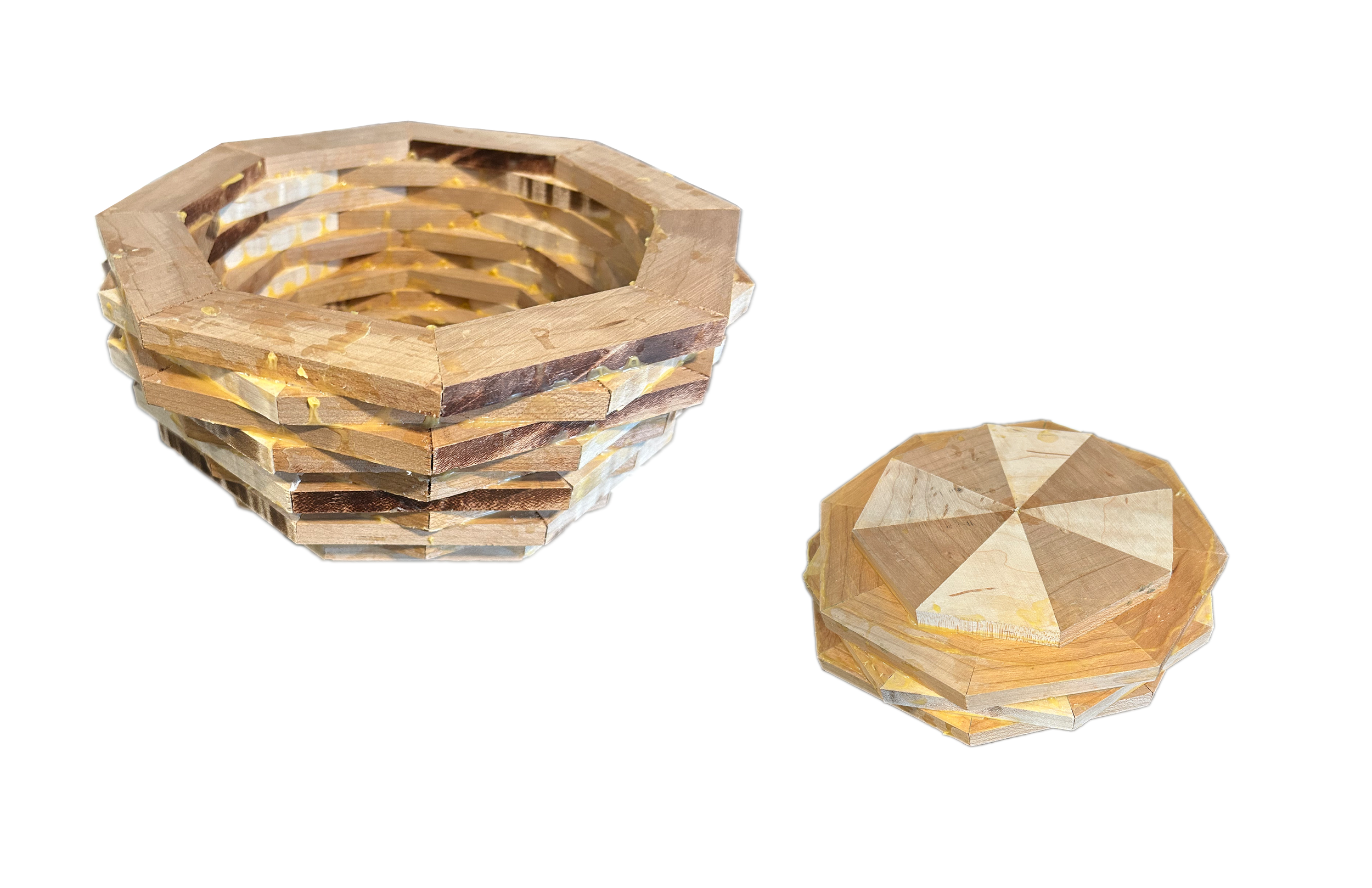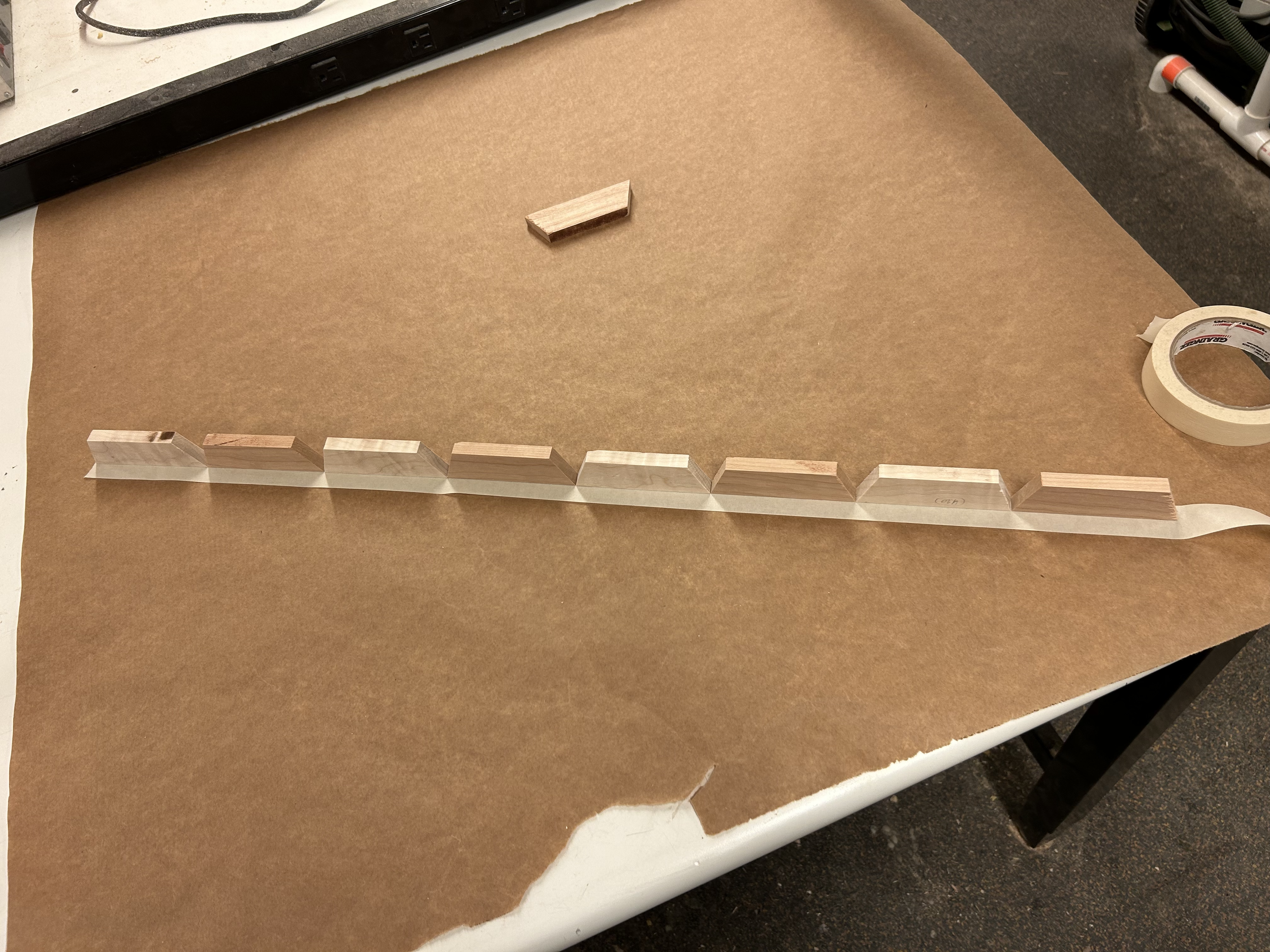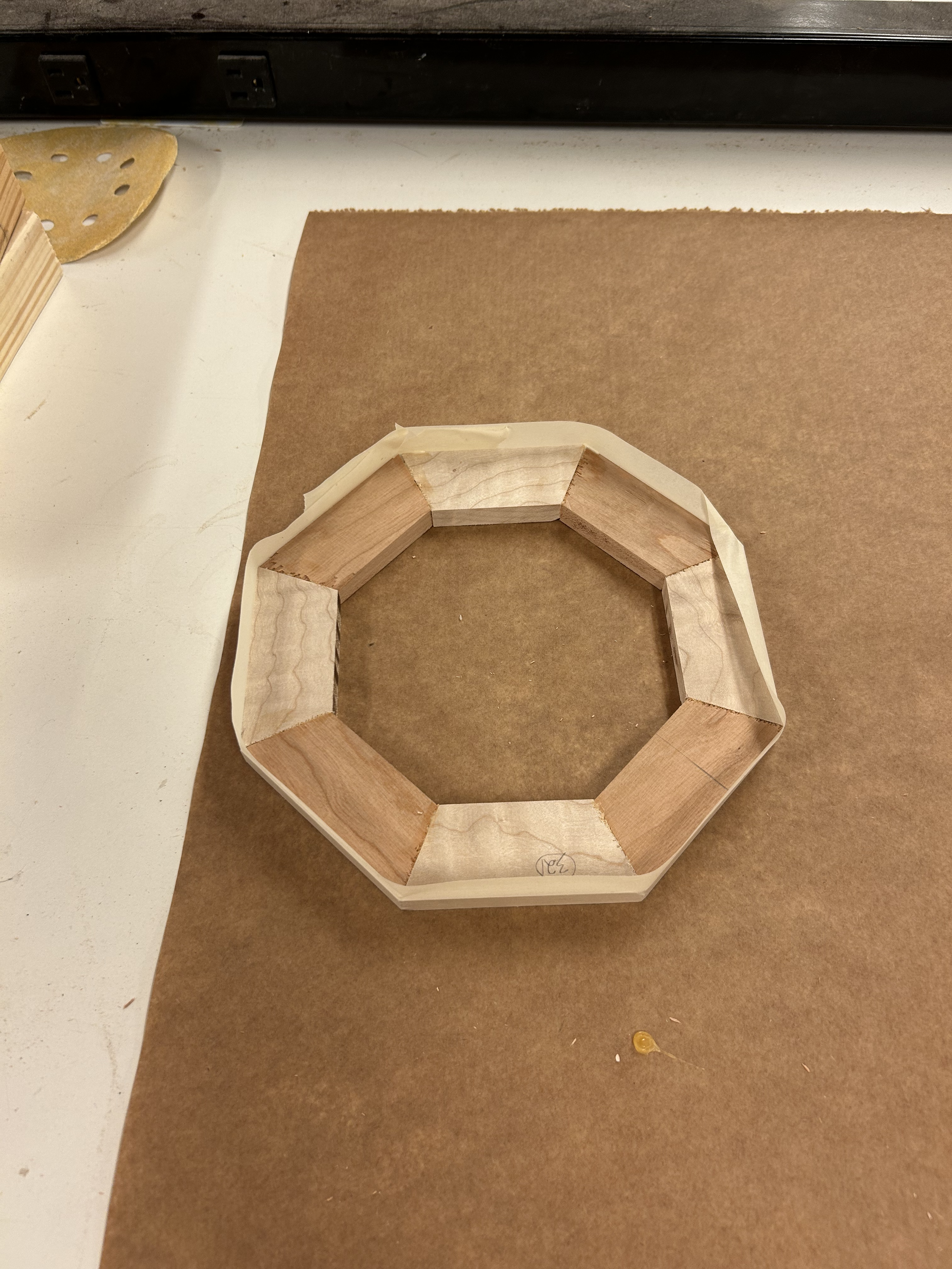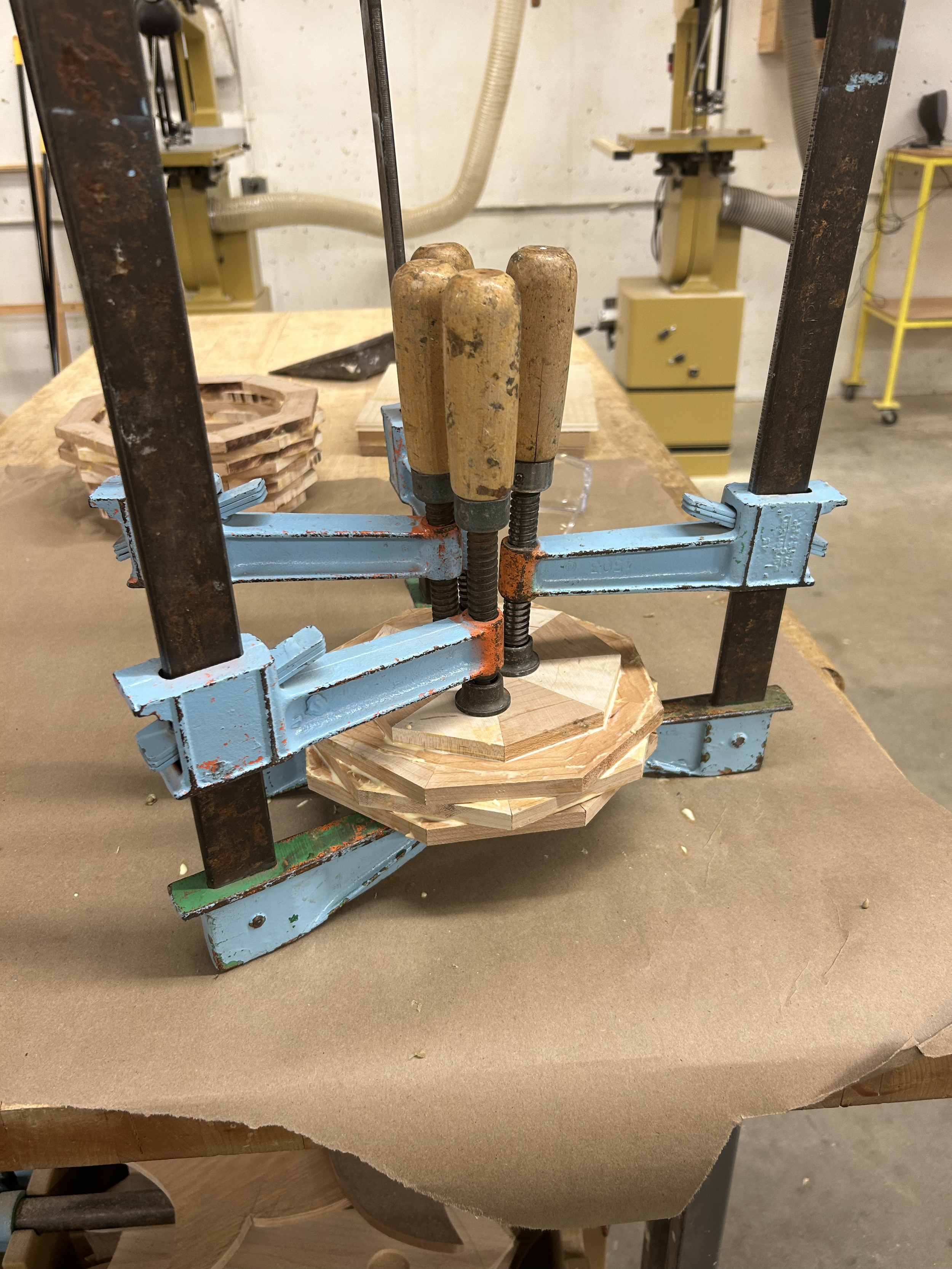
Research and Ideation
Reaching out to people I know who love to cook, I gathered information about problems they have with kitchen tools and improvements that they would want to see
Three design ideas that came from this process:
A tool for cooking ground meat that can act as both a masher (to separate the meat) and a spoon for general cooking use
Colander that is less of an eyesore, currently takes up too much space for how ugly it is
Adjustable extending tongs

Developing the Colander
Why I chose it: Expanding on the aesthetic complaints for the colander, I saw a chance to redesign the colander from a functional standpoint in order to improve aesthetic value
Identifying the problem: The dozens of holes on a colander
Each hole creates a new edge that needs to be wiped, making the colander harder to clean
Many holes are disruptive to the form of the tool, making the colander less visually appealing
How could a colander drain water in a way that is more beautiful and easier to clean than holes?

First Solutions
Colander “bowl” section can be made of layers of wavy, bent material, to create gaps between the layers where water can be drained out
Reasons:
Wavy forms can look beautiful and intentional and they discreetly drain water instead of being visually purpose driven
Upper layer of the bowl can have its waves held like handles to reduce the potential bulkiness of added handles
The Colander “base” can be a wavy small leg structure that joins with the “bowl” with a connecting hubcap
Reasons:
Keep base small so that it is not bulky and in the way and suspends the colander above other objects in the sink
Structure that joins the legs with the bowl should allow for drainage as it as at the very bottom of the bowl, but again the drainage will be discreet as it is covered with a cap
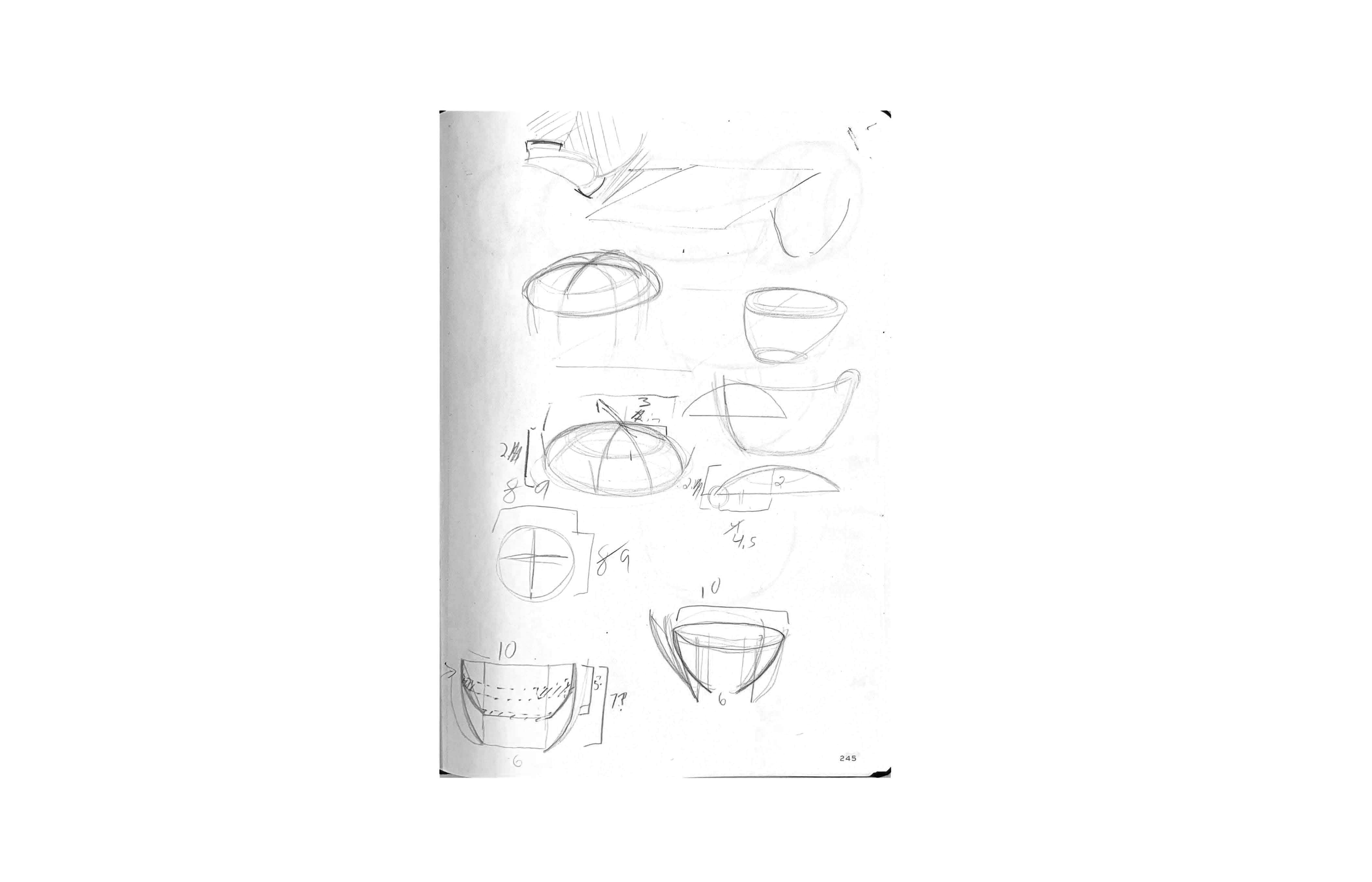
Simplifying
I continued thinking about water “flowing” out of the colander instead of encountering random drainage holes to fall out of.
Using the idea of flow to unify desirable aesthetics with functional performance, the simplicity of minimalist modern design came to mind.
The easiest way for water to flow out of something is down a slope. What if the colander is a bowl sitting atop a hill?
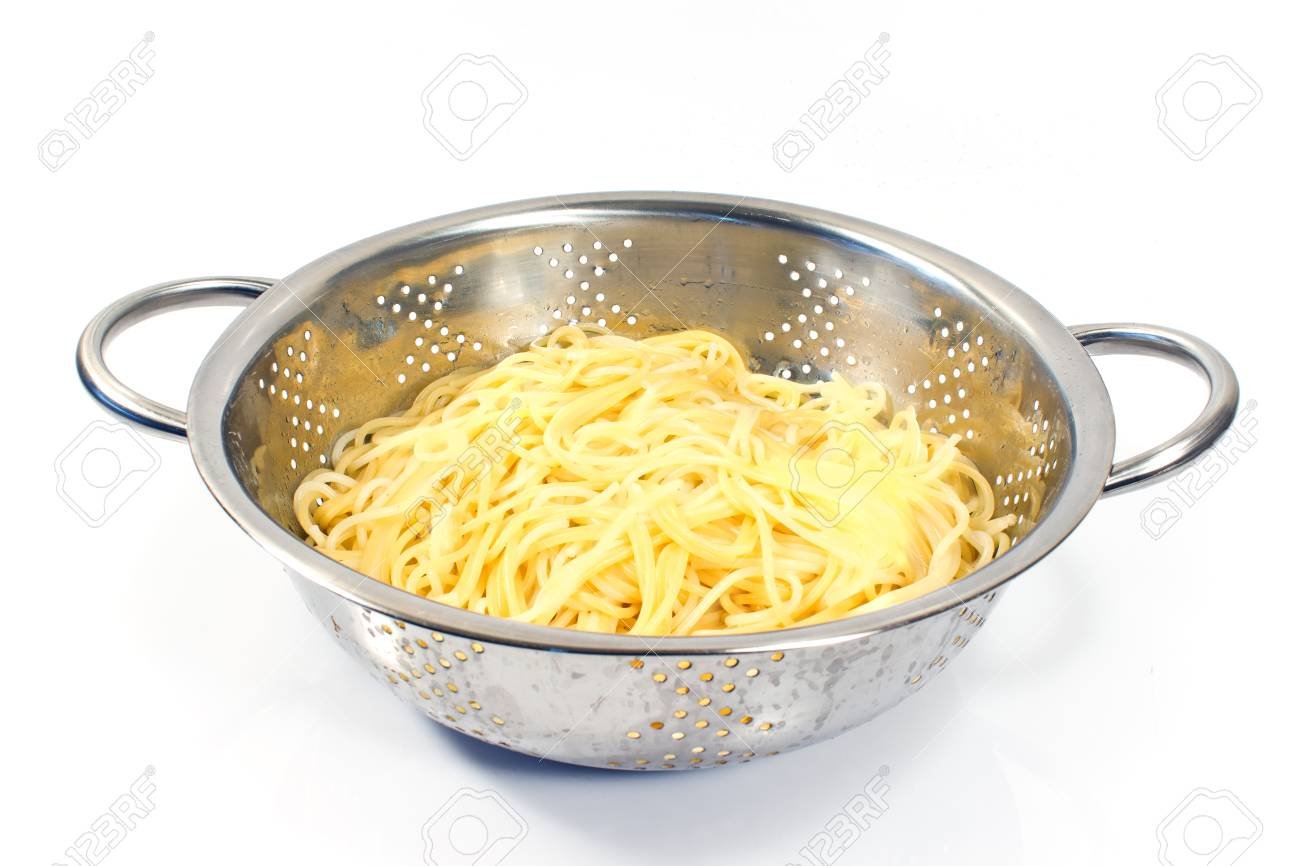
Concerns
Small foods falling through
The gap between the bowl and base will be small enough that things such as blueberries wouldn't be able to get through
Specifically angel hair pasta
Well angel hair pasta could fall through current colander holes, so why doesn’t it? Pasta is dumped into a colander in a mass that makes it difficult for individual strands of spaghetti to separate from the tangled group and fall through a hole. The same would be true of this design, it would be difficult for this type of food to fall through the colander.
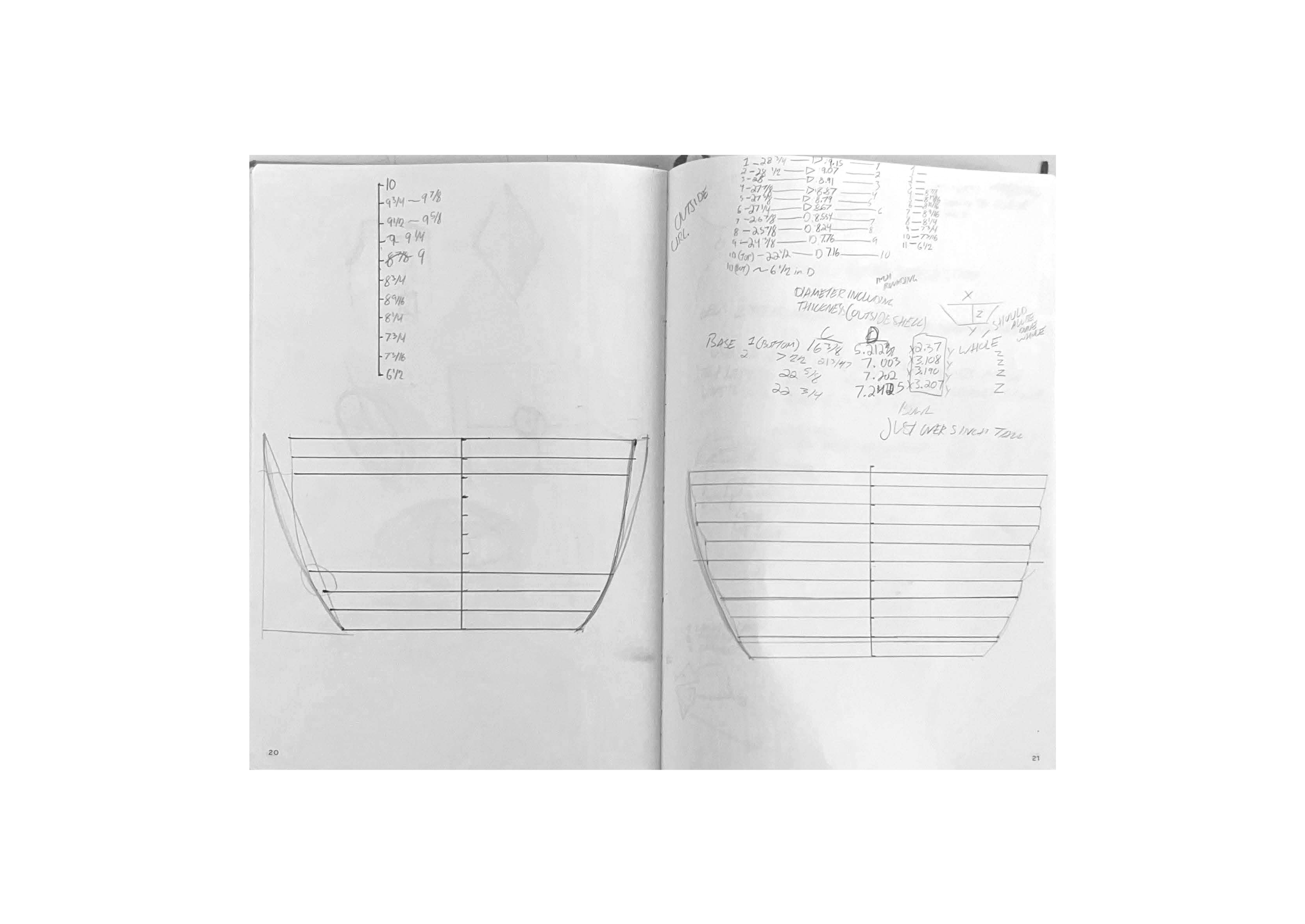
Measurements
I drew out various shapes to determine what a good slope would be for the profile of the “bowl” of the colander. I then measured my drawing and scaled it up to a size comparable to typical colanders. The thickness of my material resulted in a 10 layer design.
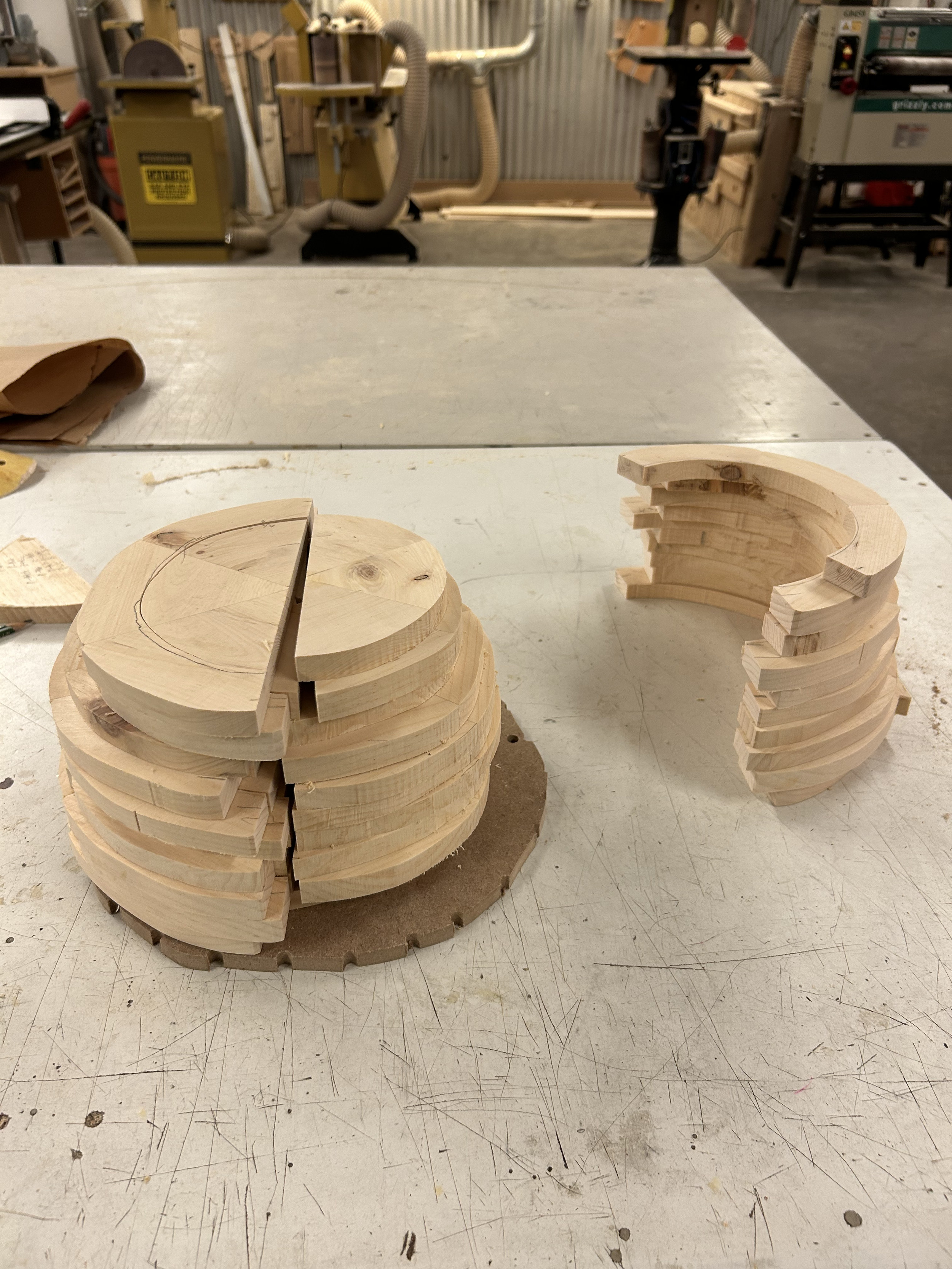
Fabrication
I formed each layer of the colander out of six “slices” of wood so the wood grain of the final product would go around the colander in a circular shape.
I roughly cut the slices away to become outer edges so that I could save time with the carving steps further along in the process.
I glued each layer separately and then glued the layers together. The same was done for the base, except the layers were left completely solid.
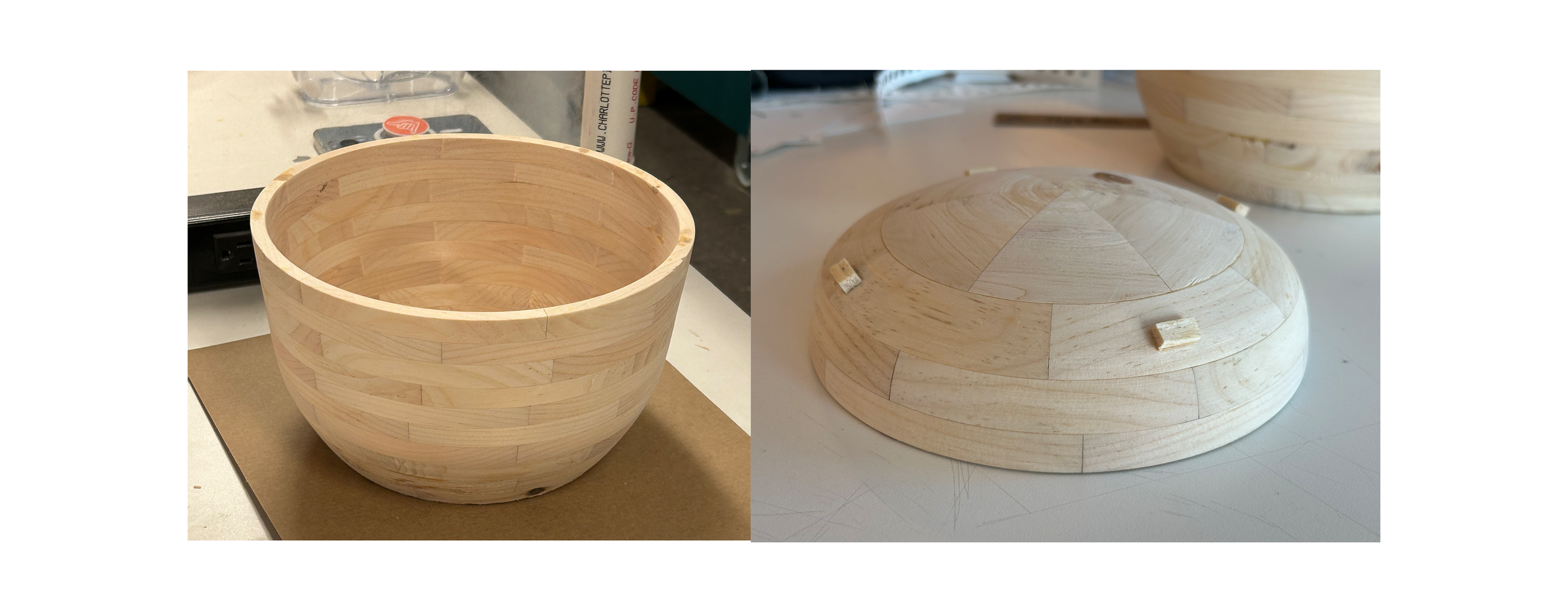
Finished Model 1 Components
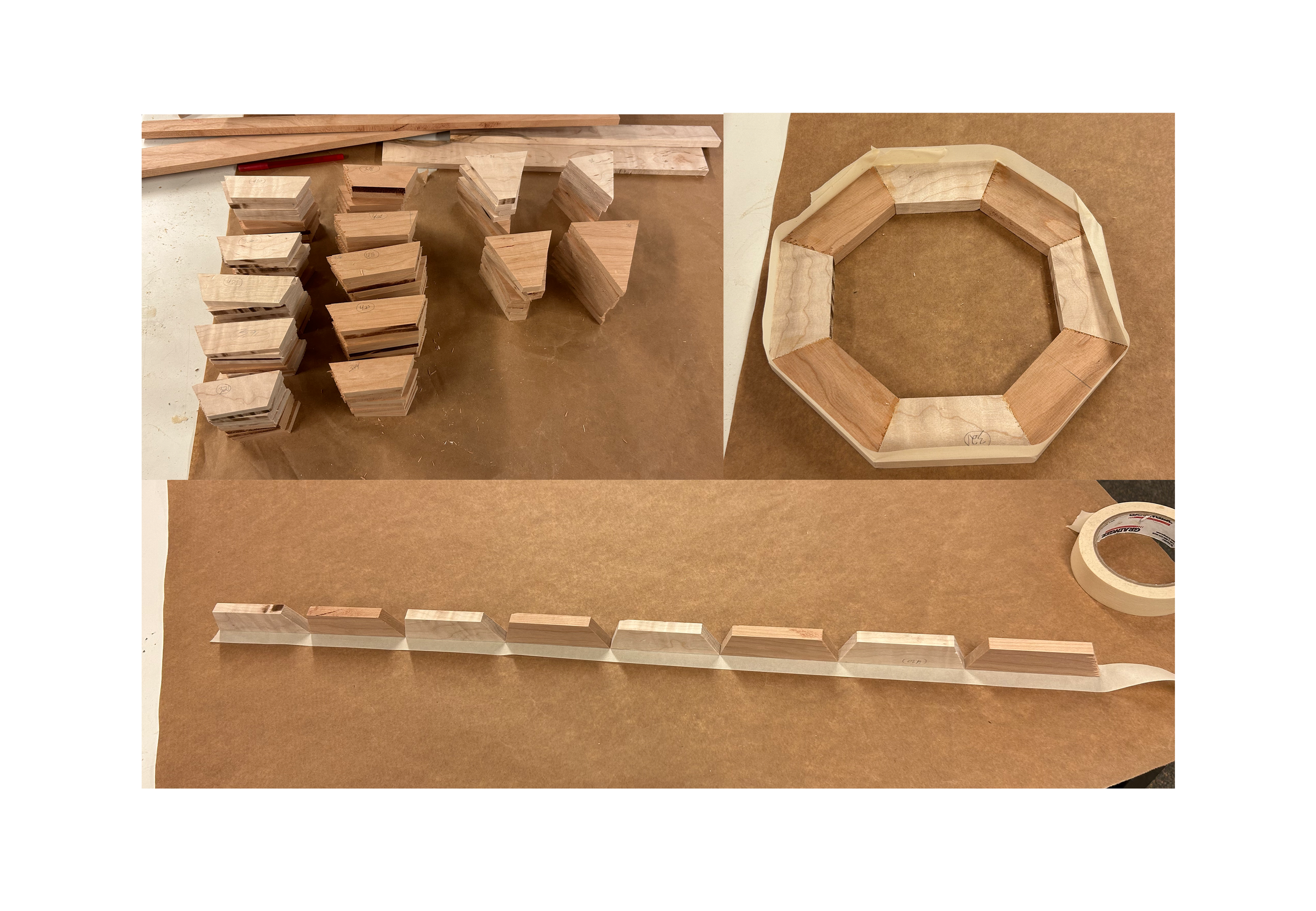
Improvements
Trapezoids instead of triangular “slices”
Trapezoids can be cut identically and be rolled up cleanly for gluing
Shell base for contact
The bottom of the base should not be flat, it should have few points of contact to make it easier to be place in a sink
Aesthetic choices
Using cherry wood for most of the colander, with a maple wood pattern flowing from the bowl down through the base, mimicking the flowing water seen in functional use
